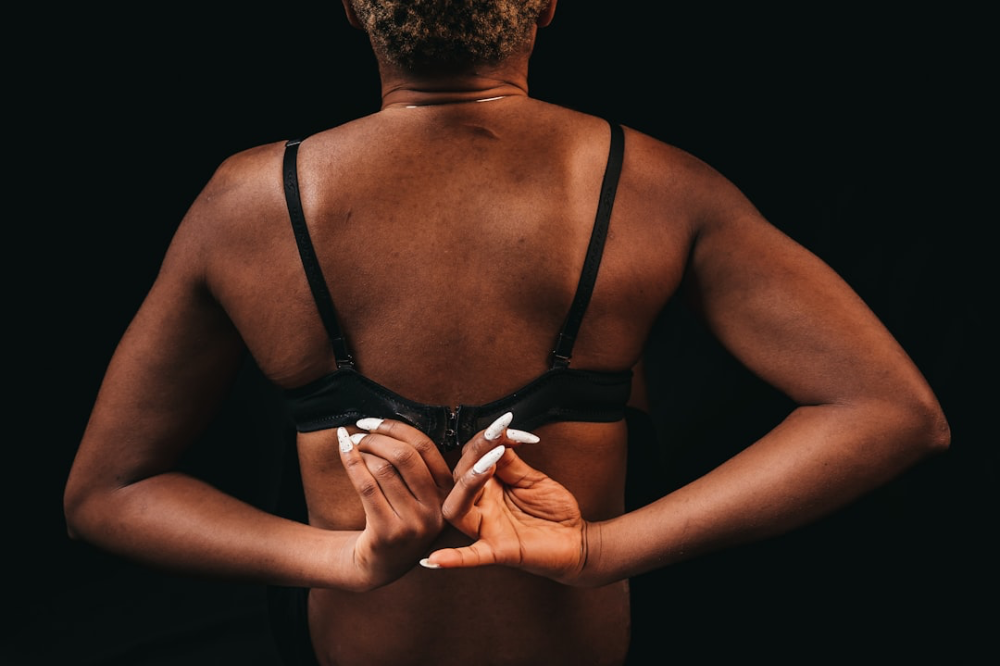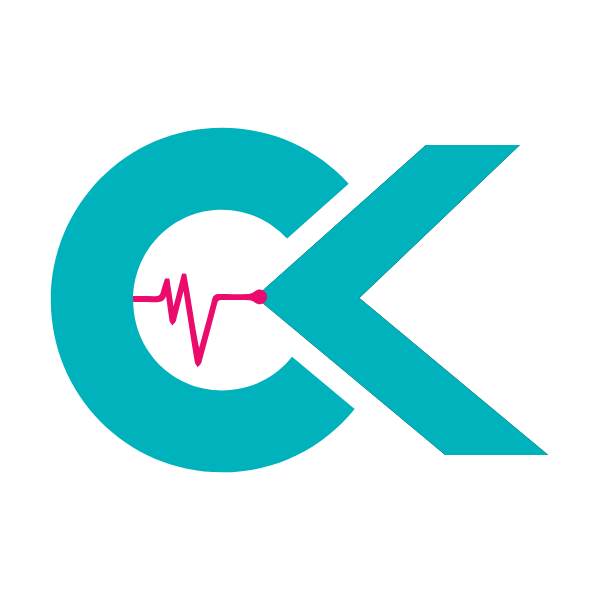The journey of significant weight loss is often profoundly transformative, marking a monumental achievement in health and well-being. Individuals who have dedicated themselves to this arduous process, whether through dietary changes, exercise, or bariatric interventions, frequently experience a renewed sense of vitality and self-confidence. However, a common and often unanticipated challenge that emerges post-weight loss is the presence of excess, loose skin. This phenomenon, while a natural consequence of the body adapting to a smaller volume, can detract from the aesthetic results of weight loss and, in some cases, lead to physical discomfort and hygiene issues. Understanding the underlying causes of skin laxity and the array of available solutions is paramount for those seeking to achieve a truly complete transformation. This comprehensive guide will delve into the science behind loose skin, explore both conservative and interventional strategies for skin tightening, and provide an authoritative perspective on managing expectations and outcomes.
Table of Contents
The Physiology of Skin Laxity After Weight Loss
To effectively address loose skin, it is essential to comprehend its physiological basis. The skin, our body’s largest organ, possesses remarkable elasticity, primarily due to its intricate composition of collagen and elastin fibers. Collagen provides strength and structure, while elastin imparts flexibility and the ability to recoil. When the body undergoes significant and prolonged expansion due to obesity, these fibers are stretched over extended periods. In many cases, particularly with substantial weight loss (50 kg or more) or rapid weight reduction, the skin’s capacity to retract fully is compromised. The collagen and elastin fibers may become damaged or lose their ability to contract effectively, leading to a permanent reduction in elasticity.
Several factors influence the degree of skin laxity experienced after weight loss:
- Amount of Weight Lost: Greater weight loss generally correlates with more significant skin excess.
- Rate of Weight Loss: Rapid weight loss can leave less time for the skin to gradually adapt and potentially retract.
- Age: As individuals age, their skin naturally loses collagen and elastin, making it less resilient and prone to sagging.
- Genetics: Individual genetic predispositions play a role in skin elasticity and its ability to rebound.
- Sun Exposure and Lifestyle: Prolonged sun exposure, smoking, and poor nutrition can degrade skin quality and reduce elasticity.
Scientific research underscores the complex nature of skin laxity. A review published in the Journal of Cutaneous and Aesthetic Surgery highlighted that massive weight loss often results in significant skin laxity due to the irreversible stretching of collagen and elastin fibers beyond their elastic limit. The extent of laxity is influenced by factors such as age, genetics, duration of obesity, and rate of weight loss. While non-surgical methods offer limited improvement, surgical body contouring remains the most effective solution for excising excess skin and achieving improved body shape, often leading to significant psychosocial benefits for patients. This reinforces the understanding that while non-invasive methods can help, surgical intervention is frequently necessary for substantial improvements.
Non-Surgical Approaches for Mild to Moderate Skin Laxity
For individuals with mild to moderate skin laxity, or those who are not candidates for surgery, several non-surgical interventions can offer some improvement by stimulating collagen production and improving skin tone. It is crucial to manage expectations, as these methods typically yield less dramatic results than surgical options.
Topical Treatments and Skincare Regimens
Consistent skincare is foundational for maintaining skin health. While topical creams cannot eliminate significant loose skin, they can improve its appearance and texture. Ingredients to look for include:
- Retinoids (Vitamin A derivatives): Known for their ability to promote collagen production and accelerate cell turnover.
- Hyaluronic Acid: Helps to hydrate the skin, improving its plumpness and reducing the appearance of fine lines.
- Vitamin C: A powerful antioxidant that aids in collagen synthesis and protects the skin from environmental damage.
- Peptides: Signal the skin to produce more collagen and elastin.
Regular exfoliation and moisturizing, combined with a healthy diet rich in antioxidants and adequate hydration, support overall skin integrity.
Targeted Exercise and Strength Training
While exercise cannot directly tighten skin, building muscle mass underneath loose skin can significantly improve the body’s contour and provide a more ‘filled-out’ appearance. Strength training, focusing on all major muscle groups, is particularly beneficial. For instance, developing pectoral muscles can reduce the appearance of loose skin on the chest, and strengthening core muscles can support the abdominal area. This approach, however, primarily addresses underlying muscle tone rather than the elasticity of the skin itself.
Non-Invasive Skin Tightening Technologies
Advancements in aesthetic technology have led to several non-invasive devices designed to stimulate collagen production and tighten skin using various energy sources:
- Radiofrequency (RF) Therapy: This treatment uses controlled heat to target the deeper layers of the skin, causing existing collagen fibers to contract and stimulating new collagen formation. Devices like Thermage or Exilis are popular examples.
- Ultrasound Therapy (e.g., Ultherapy): Focused ultrasound energy penetrates deep into the skin’s foundational layers, causing a thermal effect that initiates the body’s natural wound-healing response, leading to new collagen synthesis and lifting.
- Laser Skin Resurfacing: Ablative and non-ablative lasers can improve skin texture and stimulate collagen. While primarily used for wrinkles and scars, some types can contribute to mild skin tightening.
- Cryolipolysis (CoolSculpting): Primarily a fat reduction technique, it can sometimes offer a minimal tightening effect in areas where fat reduction occurs, but it’s not a primary skin tightening solution.
These treatments often require multiple sessions and results can be gradual, appearing over several months as new collagen develops. They are best suited for mild to moderate skin laxity and for individuals with realistic expectations.
Surgical Body Contouring: The Gold Standard for Significant Loose Skin
For individuals with substantial excess skin following significant weight loss, often after procedures like Weight Loss Surgery in Turkey, surgical body contouring remains the most effective and definitive solution. These procedures are designed to remove large amounts of loose skin and reshape the body for a more toned and proportionate appearance. It is important to consider these as the final stage of the weight loss journey, typically after reaching and maintaining a stable weight for at least 6-12 months.
Common Body Contouring Procedures
- Abdominoplasty (Tummy Tuck): This procedure removes excess skin and fat from the abdomen and can tighten weakened abdominal muscles. It is one of the most frequently performed body contouring surgeries after weight loss.
- Lower Body Lift: A comprehensive procedure that addresses excess skin around the abdomen, hips, thighs, and buttocks. It involves an incision around the entire circumference of the lower body.
- Brachioplasty (Arm Lift): Targets loose skin on the upper arms, often referred to as ‘bat wings’. Excess skin and fat are removed, resulting in a more sculpted arm contour.
- Thigh Lift: Corrects sagging skin on the inner or outer thighs, which can cause discomfort and chafing. Incision patterns vary depending on the extent of laxity.
- Mastopexy (Breast Lift): For women, significant weight loss can lead to sagging breasts. A breast lift reshapes and repositions the breast tissue, removing excess skin to achieve a more youthful contour.
- Back Lift: Addresses loose skin on the upper or mid-back, often associated with bra rolls or folds.
For a more detailed understanding of these procedures, particularly arm lifts and tummy tucks, patients can refer to comprehensive guides such as Body Contouring After Weight Loss: Arm Lift and Tummy Tuck Guide.
Considerations for Surgical Candidates
Patients considering body contouring surgery must be:
- At a stable weight: Fluctuations can compromise results.
- In good overall health: Free from medical conditions that could impair healing.
- Non-smokers: Smoking significantly increases surgical risks and impairs wound healing.
- Realistic about expectations: Surgery can dramatically improve contours but may leave scars.
Post-operative care, including proper wound management and adherence to activity restrictions, is crucial for optimal healing and outcomes. Patients should also prepare for a recovery period that involves swelling, bruising, and discomfort.
General Comparison of Skin Tightening Approaches
| Factor | Non-Surgical Treatments | Surgical Body Contouring |
|---|---|---|
| Efficacy | Mild to moderate improvement | Significant, dramatic improvement |
| Invasiveness | Minimal to non-invasive | Highly invasive |
| Recovery Time | Minimal to none | Weeks to months |
| Cost | Lower per session, cumulative | Higher, one-time investment |
| Risks | Minimal (redness, swelling) | Anesthesia risks, infection, scarring |
| Ideal Candidate | Mild laxity, unwilling/unable for surgery | Significant laxity, stable weight, good health |
The Role of Lifestyle and Nutrition
Regardless of the chosen intervention, maintaining a healthy lifestyle and proper nutrition are critical for maximizing results and supporting skin health. After any significant body transformation, ensuring proper Bariatric Aftercare: Sustaining Health Post-Surgery is vital. A diet rich in protein, vitamins (especially C and E), and minerals (like zinc and copper) provides the building blocks for collagen and elastin synthesis. Adequate hydration keeps the skin supple. Regular exercise, even after surgery, improves circulation, which is beneficial for skin health and overall well-being. Avoiding excessive sun exposure and using sunscreen also protects skin integrity, preventing further degradation of collagen and elastin.
CK Health Turkey: Your Partner in Post-Weight Loss Transformation
For international patients, particularly those from the United Kingdom, seeking advanced and affordable solutions for body contouring after significant weight loss, CK Health Turkey stands as a premier destination. We understand that the journey of transforming your body extends beyond weight loss itself; it encompasses achieving the sculpted silhouette you envision. Our clinics are equipped with state-of-the-art technology and staffed by highly experienced, board-certified plastic surgeons specializing in post-bariatric body contouring procedures.
We offer a comprehensive suite of services, from abdominoplasty and lower body lifts to arm and thigh lifts, tailored to meet the unique needs of each patient. Our patient-centric approach ensures personalized care, from your initial consultation to your post-operative recovery, all within a supportive and culturally sensitive environment. We pride ourselves on delivering exceptional medical outcomes combined with significant cost advantages compared to many Western countries, without compromising on quality or safety standards.
Choosing CK Health Turkey means opting for world-class medical expertise, advanced facilities, and a dedicated team committed to helping you complete your weight loss transformation with confidence and peace of mind. We facilitate seamless travel and accommodation arrangements, ensuring a stress-free experience for our international patients.
Take the next step towards your ideal physique. Get in touch with CK Health Turkey today for a personalized consultation or visit our website to learn more about our body contouring services.
Price Comparison: Body Contouring Procedures (Estimated)
| Service | Turkey Price (GBP) | UK Price (GBP) |
|---|---|---|
| Abdominoplasty | £3,500 – £6,000 | £7,000 – £12,000 |
| Lower Body Lift | £6,000 – £10,000 | £10,000 – £20,000 |
| Brachioplasty | £2,500 – £4,500 | £4,500 – £7,500 |
| Thigh Lift | £3,000 – £5,500 | £5,500 – £9,000 |
| Mastopexy | £3,000 – £5,500 | £6,000 – £10,000 |
Note: Prices are estimates and can vary based on surgeon, clinic, complexity, and specific patient needs.
Achieving your desired body shape after significant weight loss is a journey with multiple stages. While non-surgical options can offer subtle improvements for mild skin laxity, surgical body contouring remains the most effective and predictable path for those with substantial excess skin. The decision to pursue any treatment should be made after careful consideration, thorough research, and consultation with qualified medical professionals. By understanding the available options, maintaining a healthy lifestyle, and choosing an experienced provider like CK Health Turkey, individuals can confidently complete their transformation and embrace a firmer, more contoured physique that truly reflects their incredible achievement.
FAQs
How long after weight loss should I wait before considering skin tightening?
It is generally recommended to wait until your weight has stabilized for at least 6-12 months. This ensures that your body has fully adjusted to its new weight, and any further natural skin retraction has occurred.
Can diet and exercise alone tighten loose skin?
While a healthy diet and strength training can improve skin quality and muscle tone, they cannot effectively tighten significantly loose or sagging skin caused by the irreversible stretching of collagen and elastin fibers. They are excellent for prevention and support, but not for major correction.
Are non-surgical skin tightening treatments permanent?
Non-surgical treatments stimulate new collagen production, leading to gradual and temporary improvement. Results typically last from several months to a couple of years, requiring maintenance sessions to sustain the effects. They are not permanent solutions for severe laxity.
What are the risks associated with surgical body contouring?
As with any major surgery, risks include infection, bleeding, adverse reaction to anesthesia, poor wound healing, fluid accumulation (seroma), nerve damage, and noticeable scarring. Choosing an experienced surgeon and following post-operative instructions minimizes these risks.
How long is the recovery period for body contouring surgery?
Recovery varies by procedure but generally involves 2-4 weeks of significant downtime, with full recovery taking several months. Patients may experience swelling, bruising, and discomfort, and will need to wear compression garments.
Will I have scars after body contouring surgery?
Yes, surgical body contouring involves incisions and will result in permanent scars. Surgeons strive to place incisions in less visible areas, but scars are an inherent part of the process. Scar appearance improves over time, but they never completely disappear.
Is it safe to have multiple body contouring procedures at once?
Combining procedures, often called



